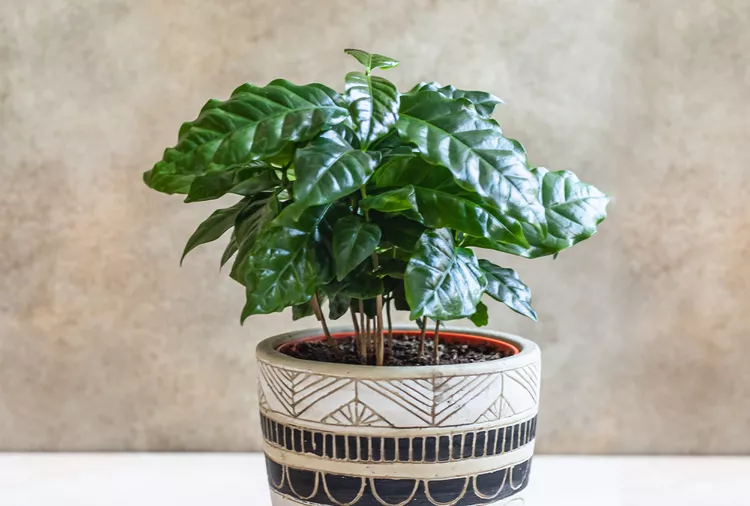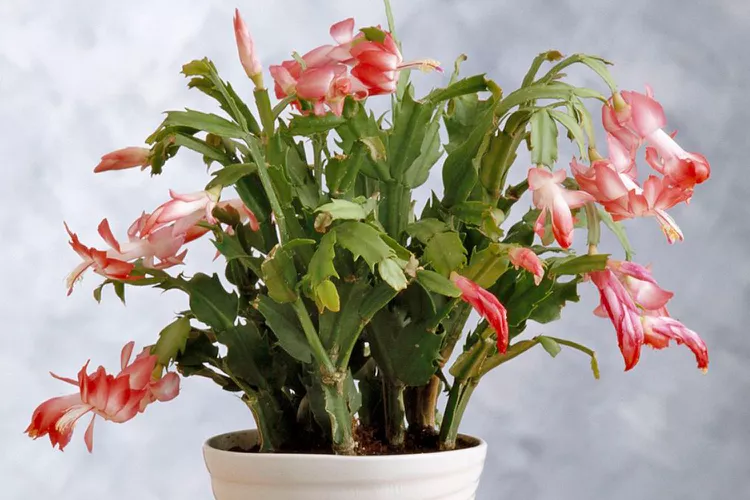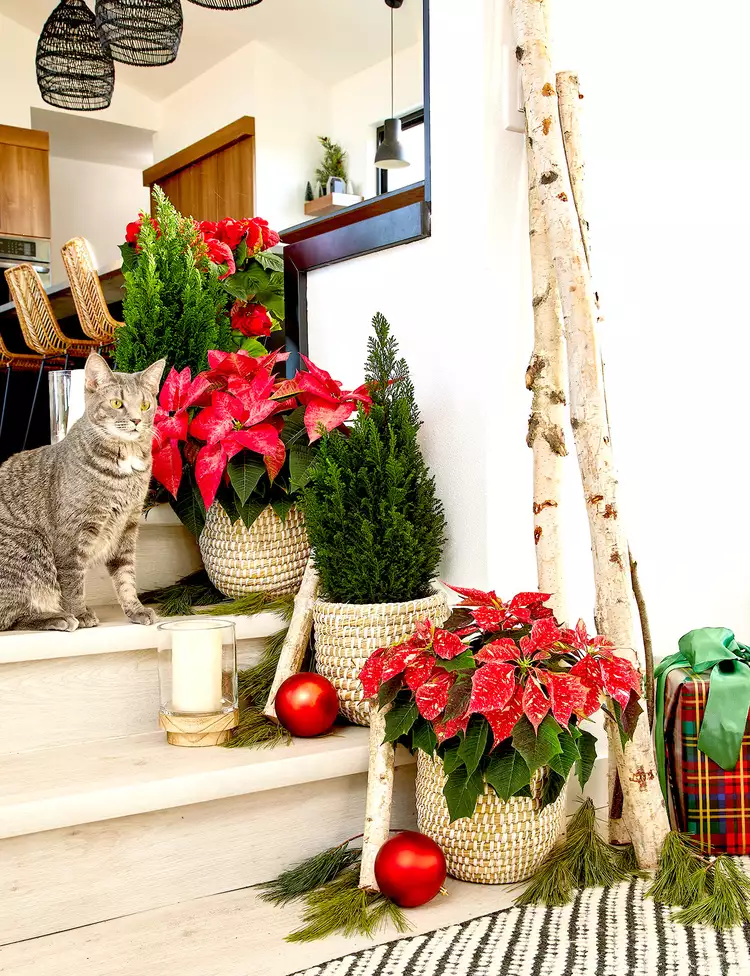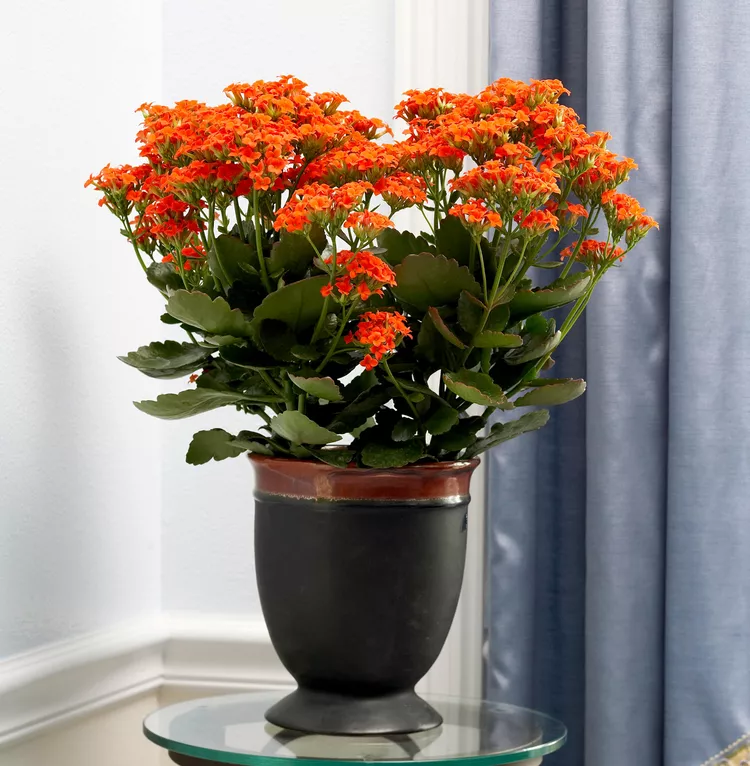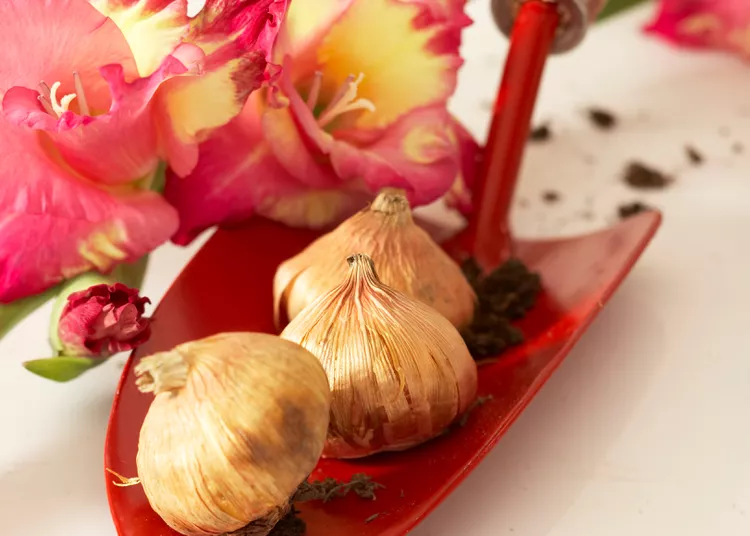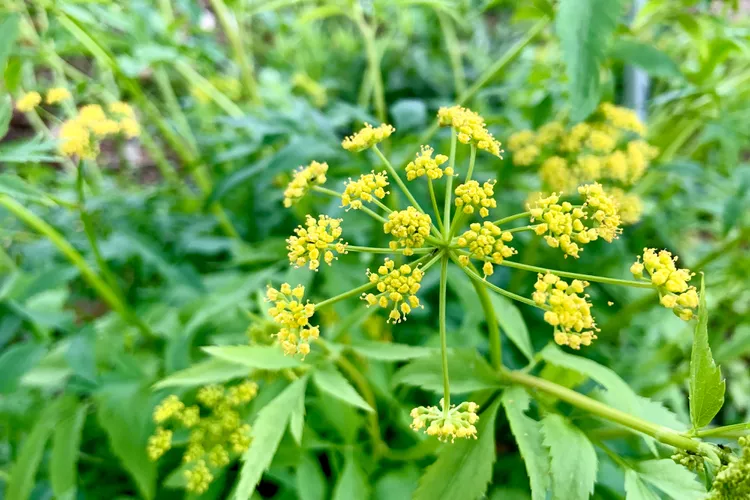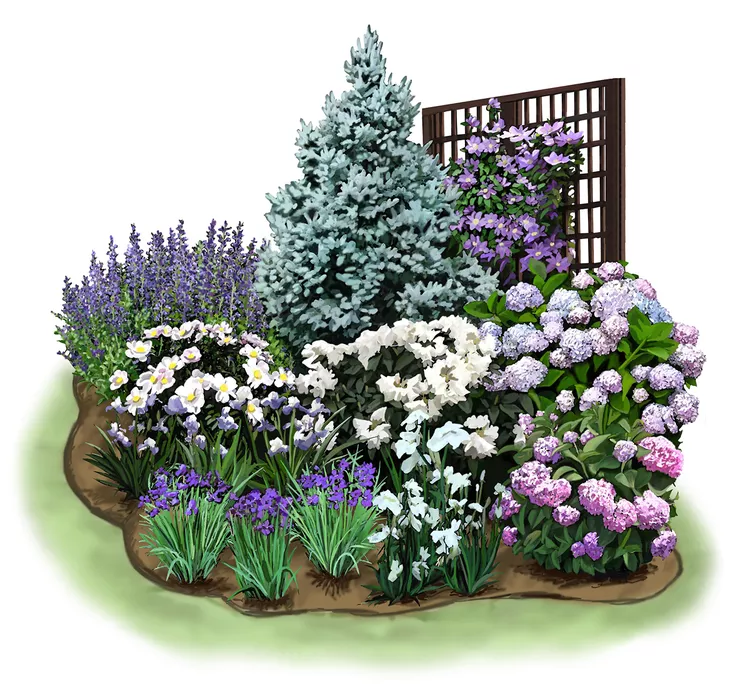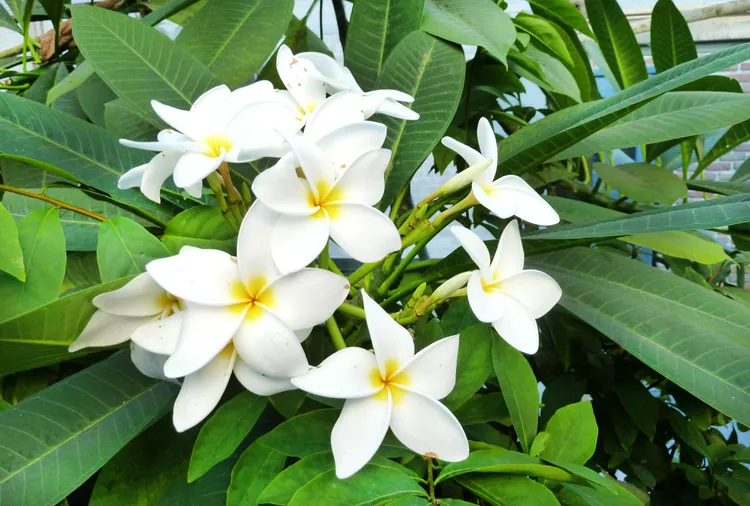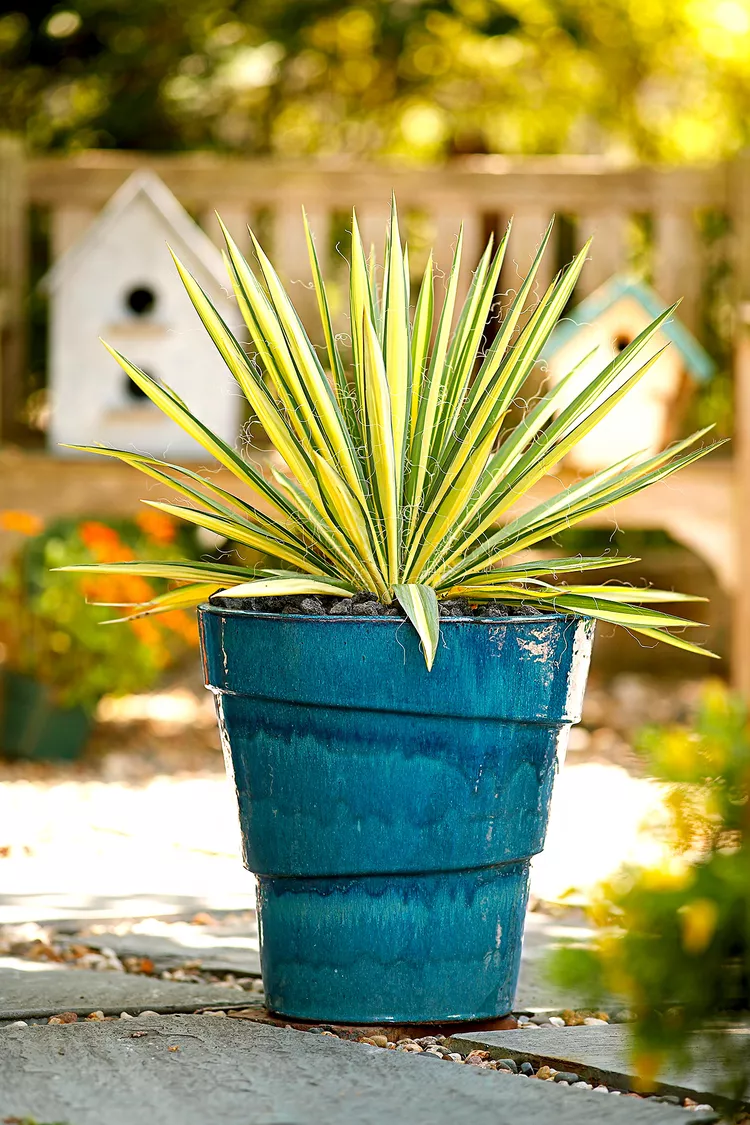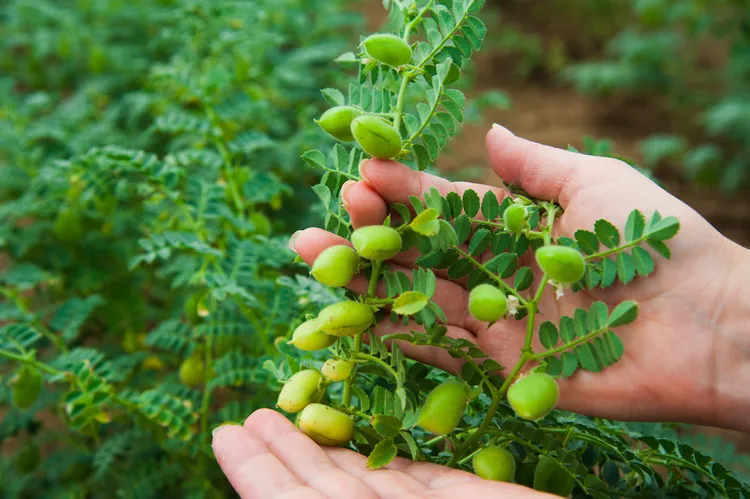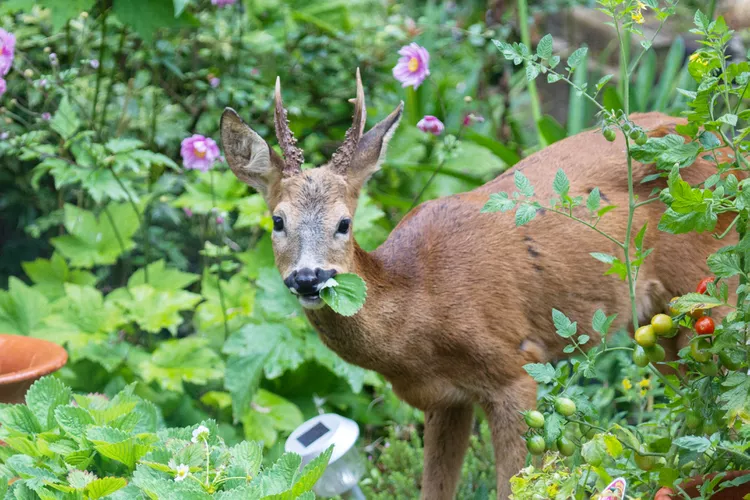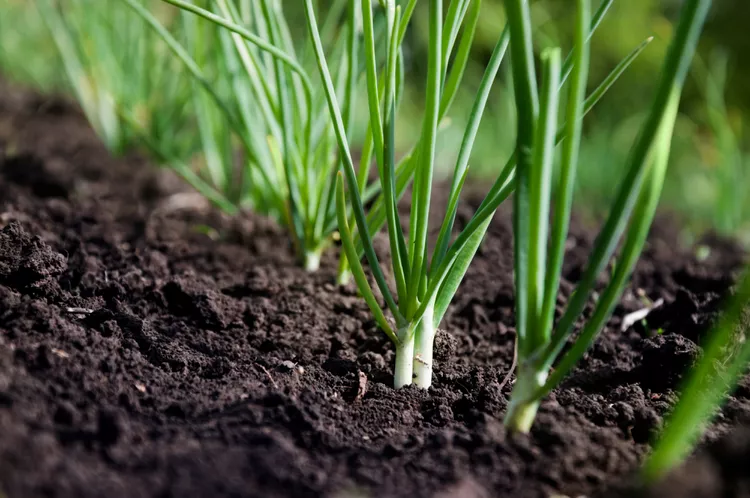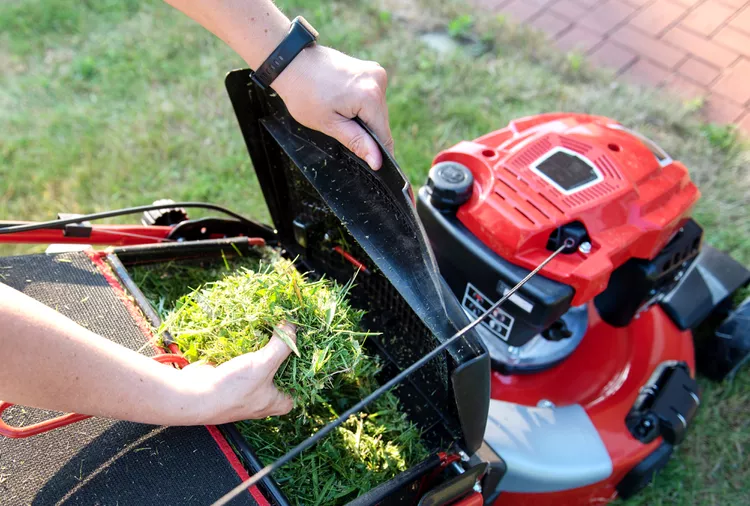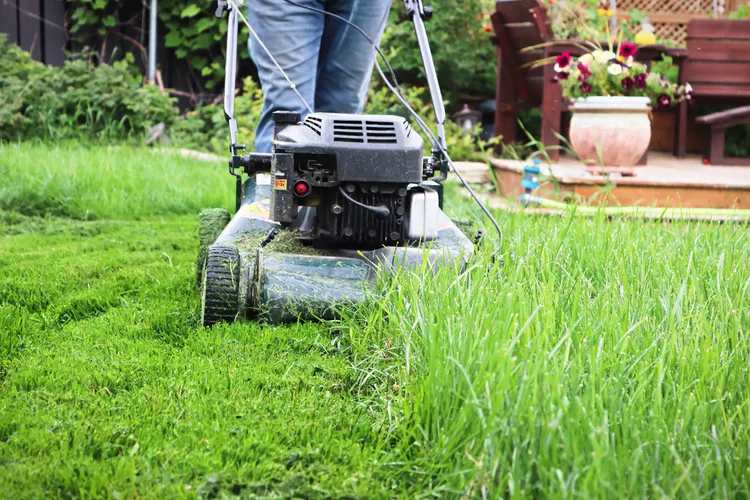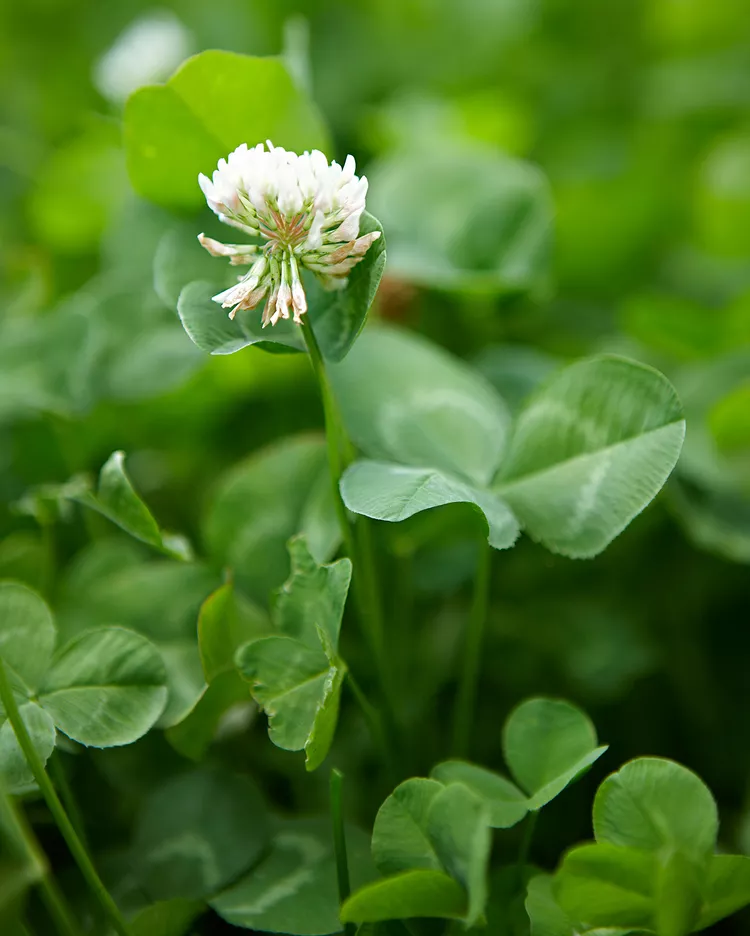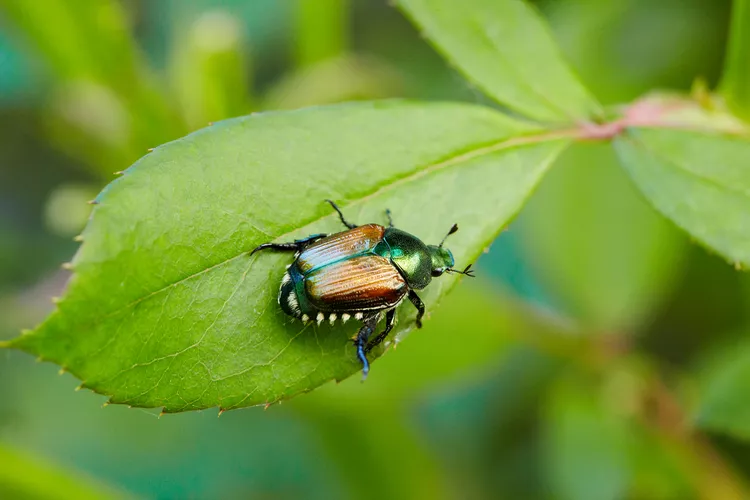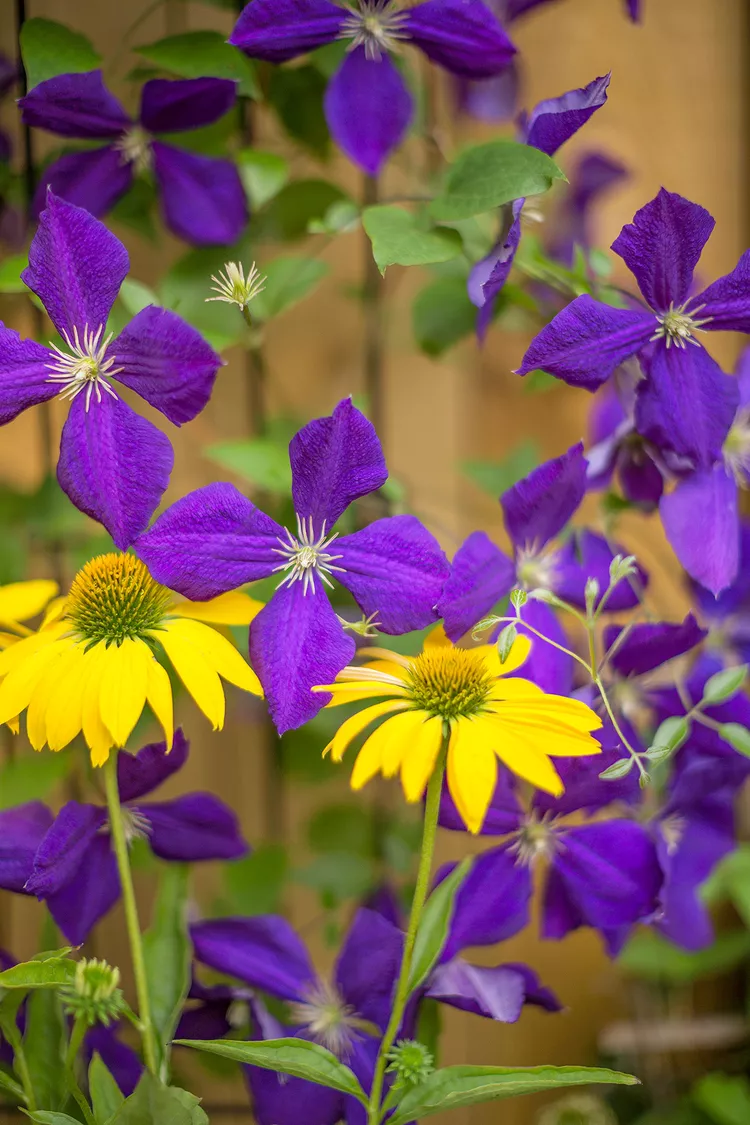Calathea plants (Calathea spp.) have quickly become one of the most popular houseplants due to their diverse leaf forms and colors. Native to Central and South America, these beauties thrive in warm, humid environments and plenty of filtered, indirect sun, where their leaves capture the light and stand out even among the dense foliage of tropical forests.
Like their relatives, prayer plants (Maranta leuconeura), calatheas fold up their leaves at night into a prayer-like pose. For this reason, calathea is also sometimes called prayer plant, leading to some confusion in the trade. Like their relatives, calatheas require some extra effort to keep them healthy in the home environment. This guide covers best practices, pest prevention, propagation, and a few of the common species you might find available.
Calathea Overview
| Genus Name | Calathea |
| Common Name | Calathea |
| Plant Type | Perennial |
| Light | Part Sun |
| Height | 2 to 3 feet |
| Width | 2 to 3 feet |
| Flower Color | Orange, Pink, Purple, White, Yellow |
| Foliage Color | Blue/Green, Gray/Silver, Purple/Burgundy |
| Zones | 11 |
| Propagation | Division |
Where to Plant Calathea
Outside of the subtropics and tropics, calathea plants must be grown indoors as houseplants. Keep the plants in a warm, well-lit location away from heater vents and strong fans. Kitchens and bathrooms tend to provide higher humidity; if bright enough, they make excellent locations for your calatheas to flourish.
How and When to Plant Calathea
Calatheas can be transplanted or repotted in fresh potting soil at any time of the year when grown indoors. When it is time to repot your plants, follow the general rule of up-sizing or “up-potting” one size larger; move from a 4-inch pot to a 6-inch pot or from a 6-inch pot to an 8-inch pot, for example.
Calathea Care Tips
Light
Calatheas prefer bright, indirect light. While they are often sold as “low-light” plants, this term is subjective, and they’re sometimes given conditions far too dim for their survival. A location next to an east, south, or west-facing window just out of the direct sun will typically give calatheas plenty of light.
Soil and Water
Calatheas prefer well-drained soil and quickly become unhealthy in overly saturated conditions. Standard potting soil can be amended for better drainage by combining three parts potting soil to one part perlite.
Keep the calatheas moist at all times and water as needed rather than on a set schedule. Drench the soil thoroughly during each watering and allow all excess water to drain away from the roots. Yellowing or wilting leaves indicate overwatering, so if you notice these problems, cut back on your watering schedule.
Temperature and Humidity
Calatheas are tropical plants that thrive in warm, humid conditions. Keep them in a warm location where temperatures rarely drop below 65°F. A horticultural heating pad can be beneficial in cooler locations.
While spritzing plants with a water bottle doesn't provide enough additional humidity to benefit your plants, using a room humidifier can significantly raise the moisture level for calatheas to thrive while also benefiting the room occupants.
Fertilizer
Most potted plants benefit from occasional fertilizer applications, and calatheas are no exception. Use a balanced liquid-soluble fertilizer every third watering while the plants are actively growing or flowering, following the product packaging for the correct quantity. Calatheas tend to slow their growth during cooler months, and fertilizing should cease during this time.
Potting and Repotting Calathea
When you repot a prayer plant, choose a pot one size larger than the nursery container or previous pot. Calatheas are relatively slow growers, so they only need to be repotted every one or two years. Remove the plant from its pot, shake it to dislodge any loose soil, and repot it in fresh soil.
Pests and Problems
Calatheas are extremely sensitive to watering and should be kept moist—but not wet—at all times. Underwatering and overwatering are the most common problems growers have with their plants. Self-watering pots and other watering devices are not recommended as they tend to over-saturate the soil, which leads to root rot. Soggy compost can also cause root rot, which will be evident if the plant base is blackened. Allow the compost to dry out before adding any more water.
Pests common to calatheas include mealybugs, whiteflies, and spider mites. Before using pesticides, spray the plants with warm, pressurized water to physically wash away the pests. Tipping the plant to the side while rinsing them directs the pests off the leaves and away from the plant and soil below. After plants have been cleaned with warm water, organic pesticides such as pyrethrin and neem oil can be used if water alone doesn't clear up the problem.
How to Propagate Calathea
Calatheas are best propagated by dividing mature plants. Remove the plant from the pot and gently shake it to loosen the soil. Gently pull apart the root ball with your hands to divide off individual plants. Use clean scissors or shears to cut any connected stems or roots. Fill a pot with fresh potting soil and place each division into its own pot at the same depth it was growing in the original container. Water the individual pots to remove air pockets and keep the plants in a warm, bright location.
Types of Calatheas
Several species of calatheas are widely available on the market, and most have similar growing conditions. Here are a few common species you might find.
Rattlesnake Plant
Goeppertia insignis (syn. Calathea lancifolia) is a narrow-leafed plant that gets its common name from its uniquely patterned green leaves and wine-stained leaf undersides. This makes it an extremely attractive houseplant.
Zebra Plant
The zebra plant (Calathea zebrina) is another common and readily available calathea on the market. It looks a bit like its relatives, the prayer plants, mixed with an unrelated small banana plant. The light green leaves with dark mottling on upright plants that grow to about 3 feet are bound to attract attention.
Peacock Plant
Another flashy plant, the peacock plant (Calathea makoyana), produces large, rounded leaves in mottled green with a slight purple tint on the undersides. Under good conditions, they grow to about 2 feet tall and make a beautiful centerpiece that can be viewed from all angles.

